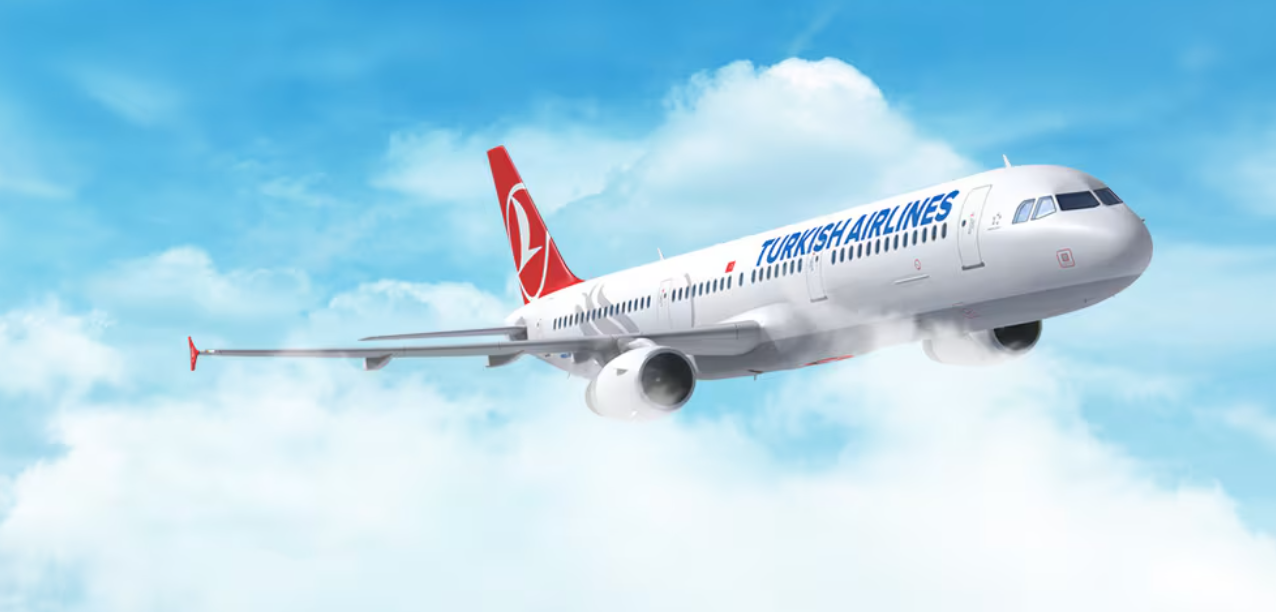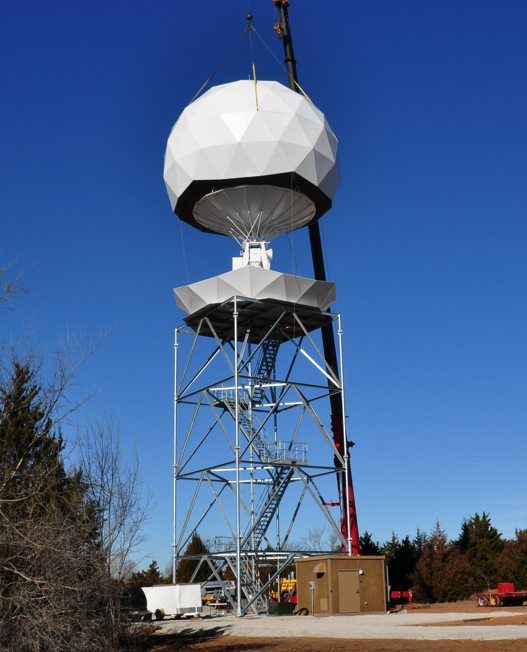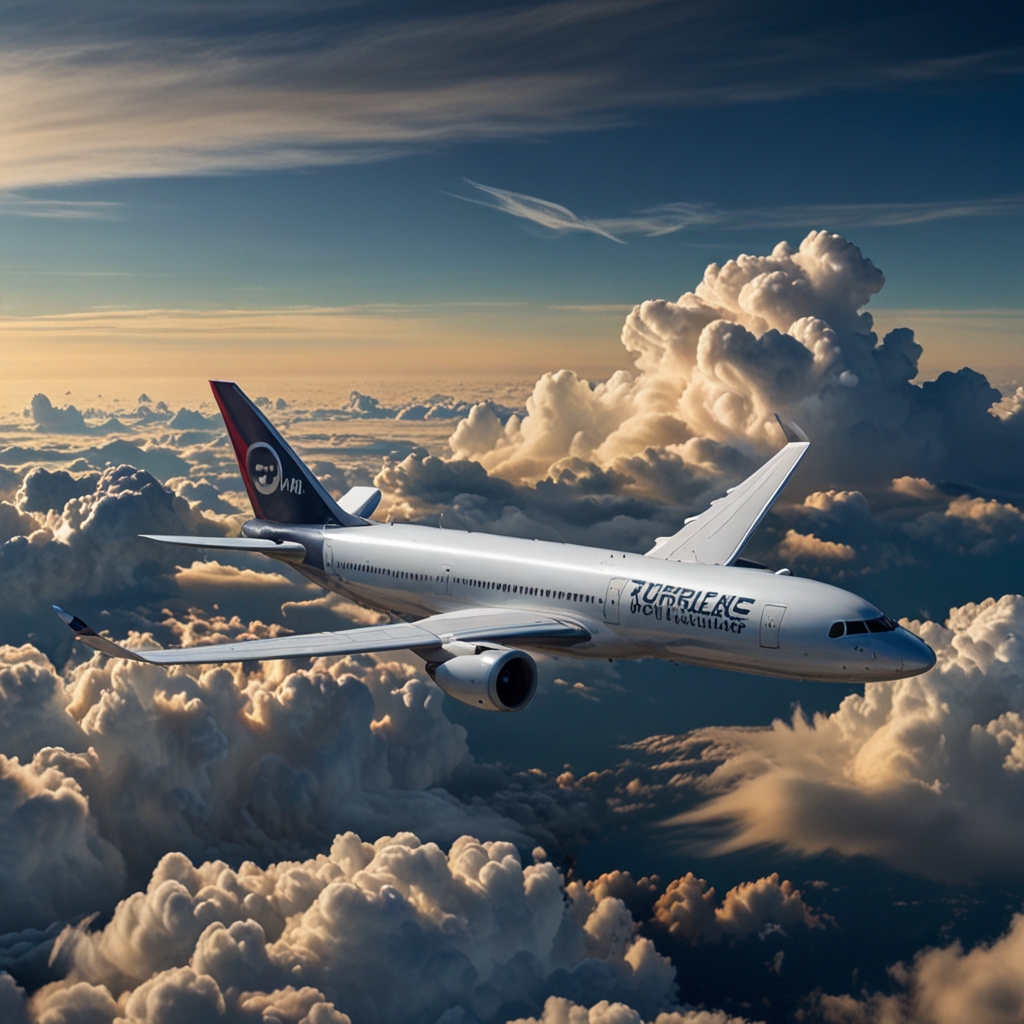
On a recent flight, Turkish Airlines’ Airbus A321 aircraft faced serious turbulence, causing an abrupt loss of altitude. Shortly after the pilot’s warning to fasten the seatbelts, a cabin crew member, who had been with the airline for just two months, was lifted off the floor and hit the plane’s ceiling. She then fell to the floor, resulting in a fracture in one of her spinal bones.
Details of the Flight
It is widely reported that the flight that experienced turbulence and led to the damage in the spines of its cabin crew was the flight TK2320. The flight was headed from Istanbul (IST) and was to land in Izmir Adnan Menderes Airport(ADB) in Turkey.

The path of the flight that was headed from Istanbul (IST) to Izmir (ADB)
| Flight | TK2320 |
| Scheduled Departure Time | 11:00 AM |
| Scheduled Arrival Time | 12:15 PM |
| Aircraft type | Airbus A321 |
Flightradar24 reports that Turkish Airlines operates a daily domestic flight along this route in other aircraft types such as the Airbus A320, Boeing 738 and Boeing 739. Several reports, such as the one from HurrietDailyNews, cite that after landing in Izmir, the injured crew member was immediately taken to the hospital for treatment. There, she was taken care of by the medical staff, who reportedly confirmed that the crew member had suffered a broken vertebra.
A string of recent incidents related to turbulence
This incident reminds us of how unpredictable and potentially dangerous turbulence can be during flights, as was the case of a severe turbulence on a Singapore Airlines flight SQ321 that injured several passengers and killed one. On May 21, a Singapore Airlines flight from London Heathrow to Singapore Changi Airport was rocked by sudden turbulence during the breakfast service.

Qatar’s Boeing also experienced turbulence over the skies of Turkey as it was headed out to Ireland.
Interestingly, these are not just the only events. A similar incident occurred on a Qatar Airways flight QR017 flight Doha to Dublin, where at least a dozen people sustained injuries after the aircraft hit turbulence while flying over Turkey. The incident resulted in 6 passengers and six crew members getting injured. Reportedly, eight people were taken to hospital, and Qatar Airways confirmed that the flight had landed safely with just a few passengers being minorly injured.
What safety procedures can be applied to make flights safe?
These incidents highlight the importance of following safety instructions during flights, especially when encountering turbulence. Airlines continuously evaluate their procedures to minimize risks and ensure passenger and crew well-being. An example of this is the fact that Singapore Airlines changed their seatbelt policies following the flight SQ321.
Although turbulence might not result in fatal crashes, the experts note that it has the potential to cause significant injuries. Therefore, airlines are urged to enhance passenger safety instructions, crew training, and passenger awareness to follow up.

A need for more scientific instruments to predict turbulence?
Turbulence is on the rise, and how the aviation industry will deal with it is something that the scientific community has a keen eye out on. Advanced RADAR systems can come to rescue as they promise to detect turbulence but LiDAR, which operates on a different wavelength than a radio wave might give us a solution, says Paul Williams at Reading University, UK. But given the technology is expensive, he does have a skeptic eye on whether it will be adapted by airlines anytime soon.

Nonetheless, research by Williams and others was cited by Reading University:
“At a typical point over the North Atlantic – one of the world’s busiest flight routes – the total annual duration of severe turbulence increased by 55% from 17.7 hours in 1979 to 27.4 hours in 2020…Moderate turbulence increased by 37% from 70.0 to 96.1 hours, and light turbulence increased by 17% from 466.5 to 546.8 hours.”
Highlighting the need for the aviation community to invest in:
“ improved turbulence forecasting and detection systems, to prevent the rougher air from translating into bumpier flights in the coming decades.”
